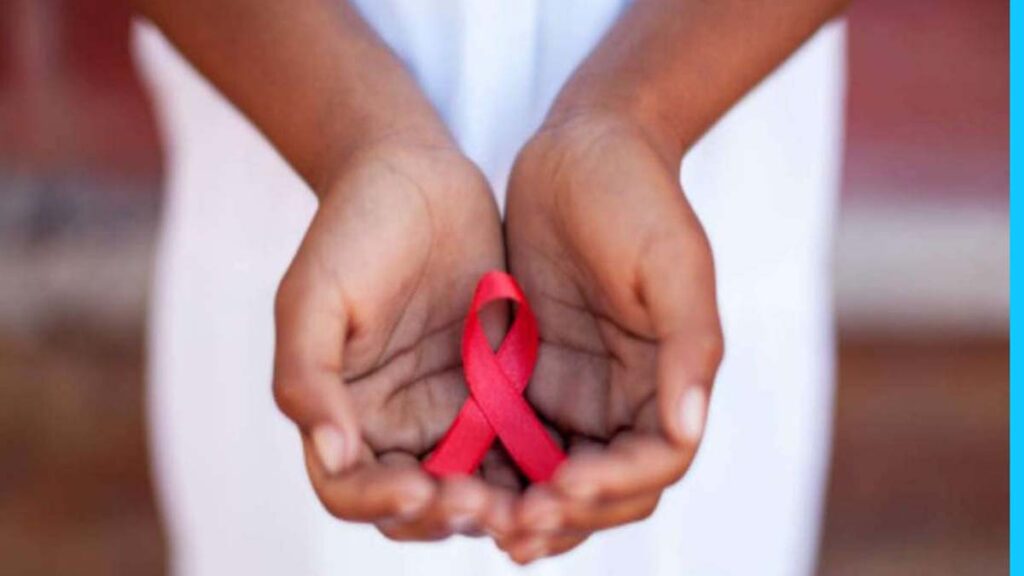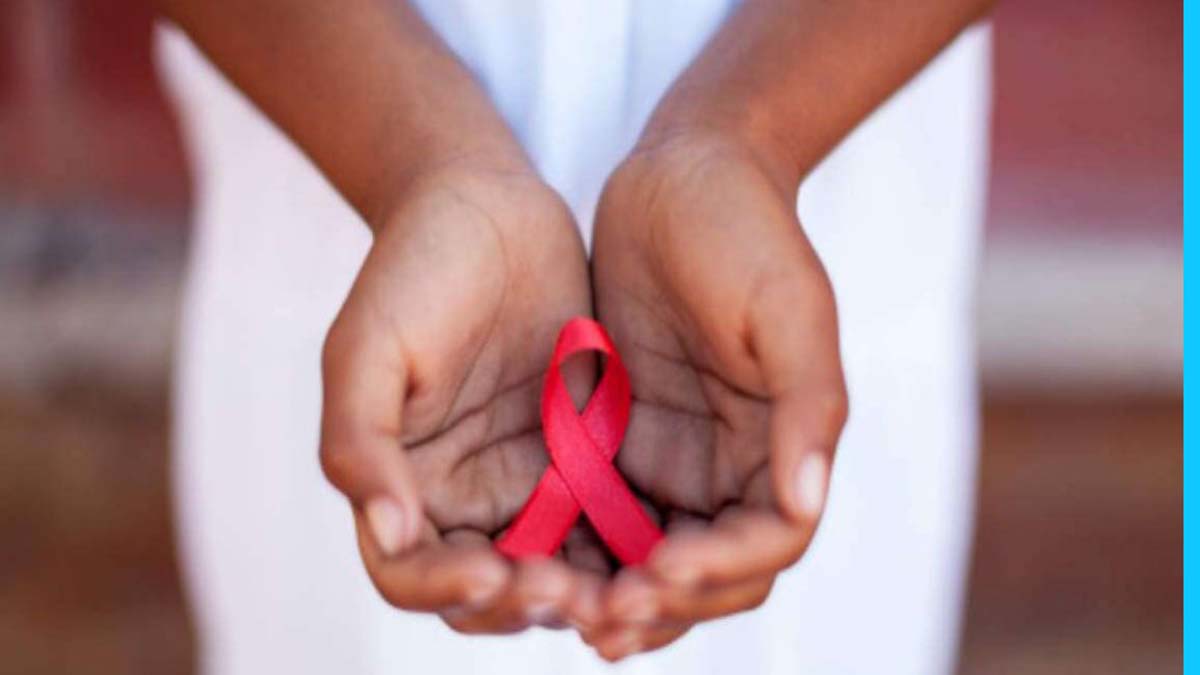Unveiling the Initial Signs of HIV Infection and Emphasizing Preventive Measures

In a world where health concerns are paramount, it is essential to shed light on the early symptoms of HIV infection and emphasize the utmost importance of prevention. By familiarizing ourselves with the initial signs and taking proactive measures, we can make a significant impact on curbing the spread of this life-altering virus.
HIV (Human Immunodeficiency Virus) is a global health challenge, affecting millions of individuals worldwide. Understanding the first symptoms that may manifest after HIV transmission is crucial for early detection and timely intervention. By recognizing these signs, individuals can seek medical attention promptly and adopt preventive strategies to safeguard their health and the well-being of others.
One of the initial symptoms that may arise within a few weeks to months after HIV transmission is flu-like illness, commonly referred to as acute retroviral syndrome (ARS). Fever, fatigue, sore throat, swollen lymph nodes, and body aches are some of the telltale signs of ARS. It is important to note that these symptoms may not always be indicative of HIV infection, as they can resemble those of other viral infections. Nonetheless, if an individual experiences these symptoms, it is crucial to consult a healthcare professional for proper evaluation and testing.
Another early indicator of HIV infection is skin rash. This rash often presents as small red bumps or spots, which may be itchy or painful. Although skin rashes can have various causes, if an individual is at risk of HIV or suspects exposure, it is essential to consider this as a potential sign and seek medical advice accordingly.
Furthermore, ulcers or sores in the mouth or genital area can also be early indications of HIV infection. These ulcers may persist for an extended period and can be accompanied by discomfort or pain. If any such lesions are noticed, it is vital to consult a healthcare provider for evaluation and appropriate testing.
While recognizing the early symptoms is crucial, prevention remains the cornerstone in the fight against HIV. Engaging in safe sexual practices, such as consistent condom use, regular testing for sexually transmitted infections (STIs), and limiting the number of sexual partners, greatly reduces the risk of HIV transmission. Additionally, the use of sterile needles and syringes when injecting drugs, and opting for medically supervised drug rehabilitation programs, significantly minimizes the chances of HIV infection.
Crucial Insights on Early HIV Symptoms and the Significance of Prevention
Raising awareness about HIV, its early symptoms, and prevention strategies is key to empowering individuals and communities. Education campaigns, accessible healthcare services, and widespread availability of HIV testing are crucial components in combating the spread of the virus. By promoting a culture of openness, acceptance, and support, we can foster an environment where individuals feel comfortable seeking testing, treatment, and preventive interventions.
In conclusion, understanding the early symptoms of HIV infection is paramount for early detection and timely intervention. By being vigilant and proactive, individuals can protect their own health and contribute to the overall prevention efforts. Let us unite in our commitment to promoting awareness, prioritizing prevention, and working towards a world free from the burden of HIV.





